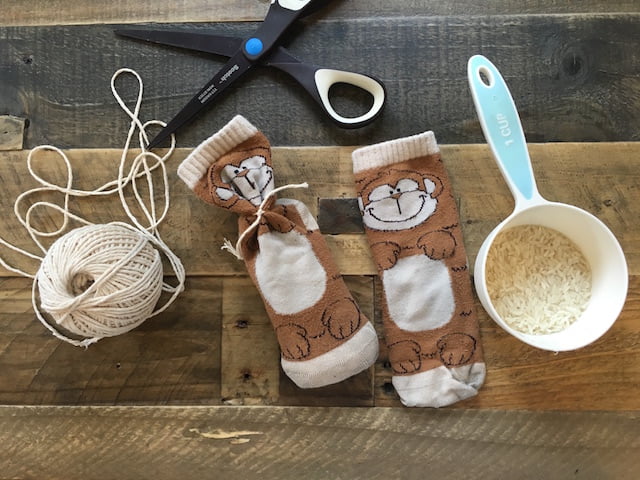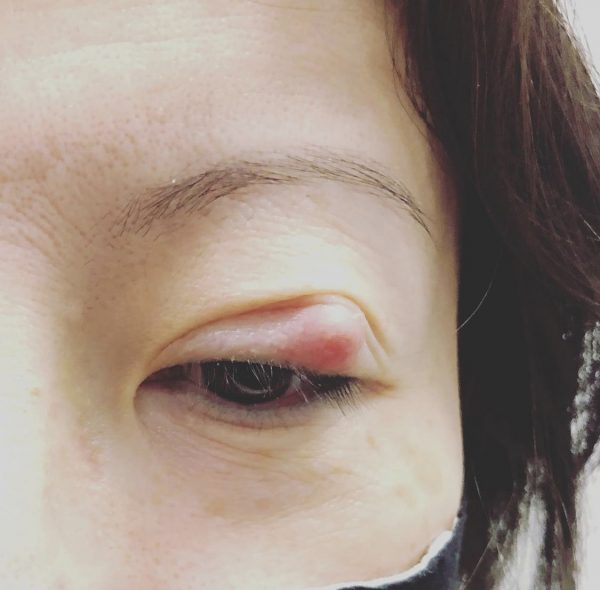What is a stye?
A stye (also called a hordeolum) is a small, red, painful lump that grows from the base of your eyelash or under the eyelid. Most styes are caused by a bacterial infection.
There are two kinds of styes:
- External hordeolum: A stye that begins at the base of your eyelash. Most are caused by an infection in the hair follicle. It might look like a pimple.
- Internal hordeolum: A stye inside your eyelid. Most are caused by an infection in an oil-producing gland in your eyelid.
What is a chalazion?
A chalazion is a swollen bump on the eyelid. It happens when the eyelid’s oil gland clogs up. It may start as an internal hordeolum (stye). A chalazion is not usually painful. It is a bump that usually develops farther back on the eyelid than a stye. It is caused by a clogged oil gland. Rarely does it make the entire eyelid swell.
Who is at risk for stye and chalazion?
Anyone can get a stye or chalazion. But you are even more likely to get one if you have:
- Blepharitis, or inflammed, flaky eyelids
- Previous history of a stye or chalazion
- A skin condition, such as acne rosacea or seborrheic dermatitis
- Diabetes or other medical problems
- Demodex infection of eyelash hair
How is a stye and chalazion treated?

DIY Warm Compress
Warm Compresses
Use a home-made warm compress or visit your local pharmacy to purchase a moist eyelid heat compress. Using 10 minutes of sustained warmth over a chalazion helps unclog the oil gland to drain. You can help the gland clear itself by gently massaging around the area with your a cotton wipe soaked in saline or a baby shampoo solution.
Antibiotics
Your ophthalmologist may prescribe an antibiotic for an infected stye.
Steroid shots
If your chalazion is very swollen, your ophthalmologist may give you a steroid shot (cortisone) to reduce the swelling.
Surgery to drain the area
If your stye or chalazion affects vision or does not go away, you may need to have it drained. Where surgical intervention is required, you may also need reconstruction surgery to repair any damage to the eye fold or surface of the eyelid. Your oculoplastic surgeon may biopsy it to check the contents and rule out other suspicious process.
Dr. Harleen Bedi is a qualified specialist in the treatment of eyelid chalazions and any necessary reconstruction of the eyelid. Our team can also provide beneficial advice on how to avoid future recurrence of eye infections through better hygiene practices.
Do not squeeze or try to pop a stye or chalazion
Doing so could spread the infection into your eyelid. Do not wear eye makeup or contact lenses while you have a stye or chalazion.

